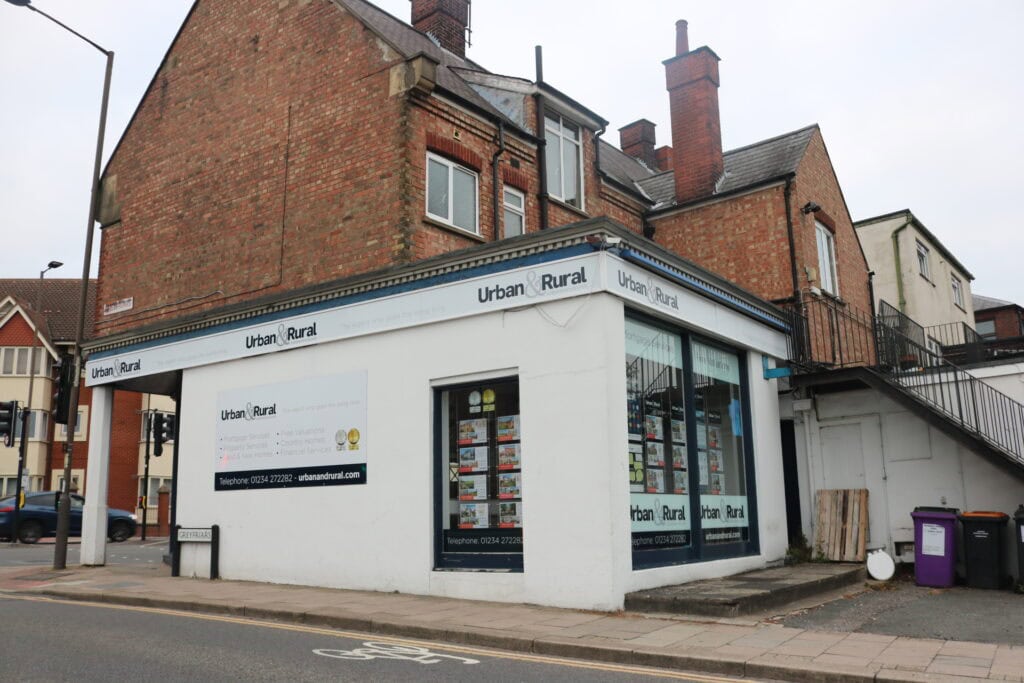Get Expert Investment Financing
- Matched with investor-friendly lenders
- Fast pre-approvals-no W2s required
- Financing options fro rentals, BRRRR, STRs
- Scale your portfolio with confidence
Educational Content | Not Financial Advice | Connect with Licensed Professionals
As urbanization continues reshaping America’s real estate landscape in 2025, mixed-use properties stand out as compelling investment opportunities for sophisticated investors. With transaction volume showing signs of recovery and urban demographics driving renewed demand for walkable communities, savvy investors are capitalizing on the unique advantages these hybrid properties offer. This comprehensive strategy guide reveals how to navigate the complexities of commercial-residential mixed-use investments while maximizing returns through diversified income streams.
The mixed-use property sector entered 2025 with moderate optimism as the real estate cycle shifts into an upcycle phase. Despite transaction activity declining 19% year-over-year in Q1 2025, average price per square foot for mixed-use properties rose 2.6%, indicating firm pricing for quality assets. This apparent contradiction reflects a flight to quality, where investors are becoming more selective while maintaining confidence in prime mixed-use opportunities.
Retail components within mixed-use developments are experiencing historically low vacancy rates, particularly in suburban and Sun Belt markets. Meanwhile, multifamily vacancy rates continue trending downward as high homeownership costs push more households toward rental units in amenity-rich environments.
Mixed-use properties benefit from powerful demographic tailwinds. Millennials and Gen Z represent the primary demand drivers, seeking vibrant, walkable neighborhoods that integrate living and working spaces. These generations prioritize convenience and community amenities over traditional suburban living patterns.
The persistent trend toward urbanization, combined with rising single-family home costs, creates sustained demand for multifamily units within mixed-use developments. Additionally, two emerging demographic segments—students requiring extended-stay housing and downsizing retirees—are expanding the target tenant base for well-positioned mixed-use properties.
The cornerstone advantage of mixed-use investing lies in revenue diversification. By combining residential, retail, office, and hospitality components, investors create multiple income streams that perform differently across economic cycles. When office leasing softens, residential rents may remain stable. If retail faces challenges, long-term office leases provide consistent cash flow.
| Property Component | Typical Lease Terms | Market Sensitivity | Income Stability |
|---|---|---|---|
| Residential | 6-12 months | Moderate | High turnover, steady demand |
| Retail | 3-10 years | High | Variable, location-dependent |
| Office | 5-15 years | Moderate | Stable, longer-term commitments |
| Hospitality | Daily/Monthly | High | Flexible, demand-driven |
Successful mixed-use investments require meticulous location analysis focusing on transit accessibility, demographic density, and zoning flexibility. Properties near universities, medical centers, or major employment hubs typically outperform due to built-in demand generators.
Transit-oriented development (TOD) opportunities have expanded as many municipalities relax zoning restrictions and reduce parking requirements for mixed-use projects. These regulatory changes create arbitrage opportunities for investors who can navigate the approval process effectively.
The art of mixed-use investing involves curating complementary tenant mixes that create synergistic value. Ground-floor retail should serve both building residents and the broader community, while office tenants can benefit from on-site dining and services. This ecosystem approach enhances tenant retention and justifies premium rents.
Consider targeting emerging business models that align with mixed-use environments: coworking spaces, fitness studios, artisanal food concepts, and professional services that serve local residents. These tenants often accept shorter lease terms but pay higher rents for the convenience and foot traffic mixed-use properties provide.
Before acquiring mixed-use properties, conduct comprehensive market analysis examining supply and demand for each property component. Review historical performance data for comparable mixed-use projects, paying particular attention to tenant turnover rates and rent growth patterns.
Zoning compliance represents a critical due diligence component. Verify that existing uses conform to current regulations and identify opportunities for future expansion or repositioning. Many cities have adopted more flexible mixed-use zoning codes, creating value-add potential for strategic investors.
Mixed-use properties often require specialized financing approaches due to their complexity. Lenders typically evaluate each component separately, then blend the analysis for overall underwriting. DSCR (Debt Service Coverage Ratio) loans can be particularly effective for mixed-use investments, as they focus on property cash flow rather than individual borrower income.
Construction or major renovation financing may require separate loan facilities for different property components, with permanent financing combining into a single mortgage upon completion. Working with lenders experienced in mixed-use projects streamlines this process significantly.
Effective mixed-use property management requires specialized expertise across multiple property types. Consider partnering with management companies that understand both residential tenant needs and commercial lease administration. The complexity of managing different tenant types, lease structures, and regulatory requirements often justifies professional management even for smaller properties.
Success in mixed-use investing demands sophisticated performance measurement that goes beyond simple cap rates. Track occupancy rates, rent growth, and tenant retention separately for each property component while monitoring overall property NOI (Net Operating Income).
Key performance indicators should include:
Mixed-use properties represent a sophisticated investment strategy that rewards thorough research, strategic positioning, and professional execution. The convergence of demographic trends, regulatory changes, and market recovery creates a compelling environment for investors who can navigate the complexities of these hybrid assets.
To explore financing options specifically designed for mixed-use properties and connect with qualified lenders who understand these unique investments, take action today. The window for acquiring quality mixed-use properties at attractive valuations may be narrowing as institutional investors increase their allocation to this asset class.
Explore DSCR Financing for Mixed-Use Properties
Mixed-use properties offer revenue diversification across multiple income streams, reducing risk compared to single-use properties. Current market conditions show firm pricing and recovering fundamentals, while demographic trends favor walkable, amenity-rich communities.
Many cities have relaxed zoning restrictions and reduced parking requirements for mixed-use developments. These changes create opportunities for adaptive reuse projects and higher-density developments, potentially increasing investment returns through expanded development rights.
Primary risks include management complexity across different property types, varying lease terms and tenant needs, and potential conflicts between residential and commercial tenants. Market sensitivity varies by component, requiring careful tenant mix planning.
This article is for educational purposes only and does not constitute financial, legal, or investment advice. Mortgage rates, terms, and requirements vary by lender and individual circumstances. Always consult with qualified, licensed mortgage professionals before making financial decisions. REInvestorGuide.com may receive compensation from featured lenders and service providers.
Our advise is based on experience in the mortgage industry and we are dedicated to helping you achieve your goal of owning a home. We may receive compensation from partner banks when you view mortgage rates listed on our website.


